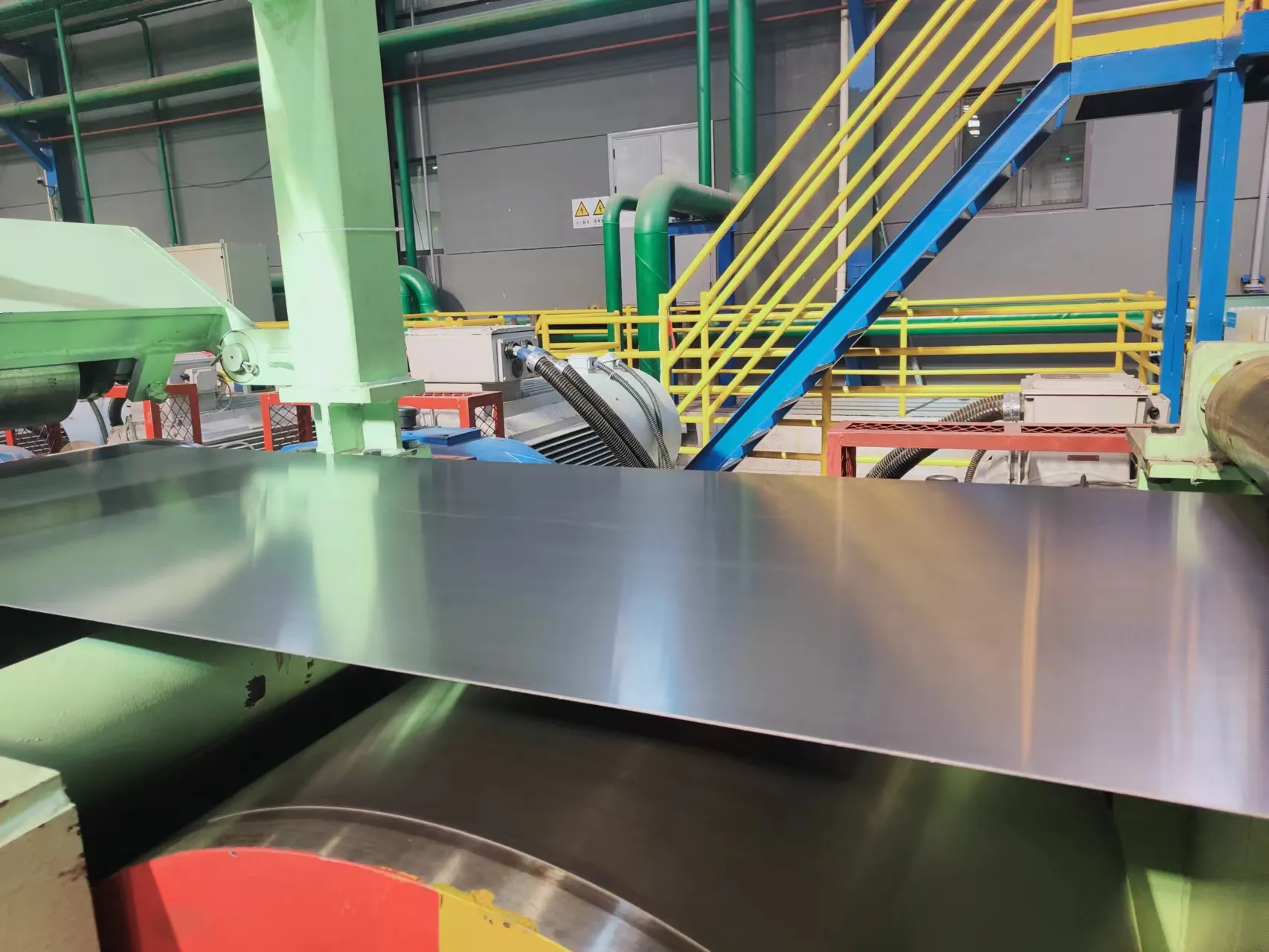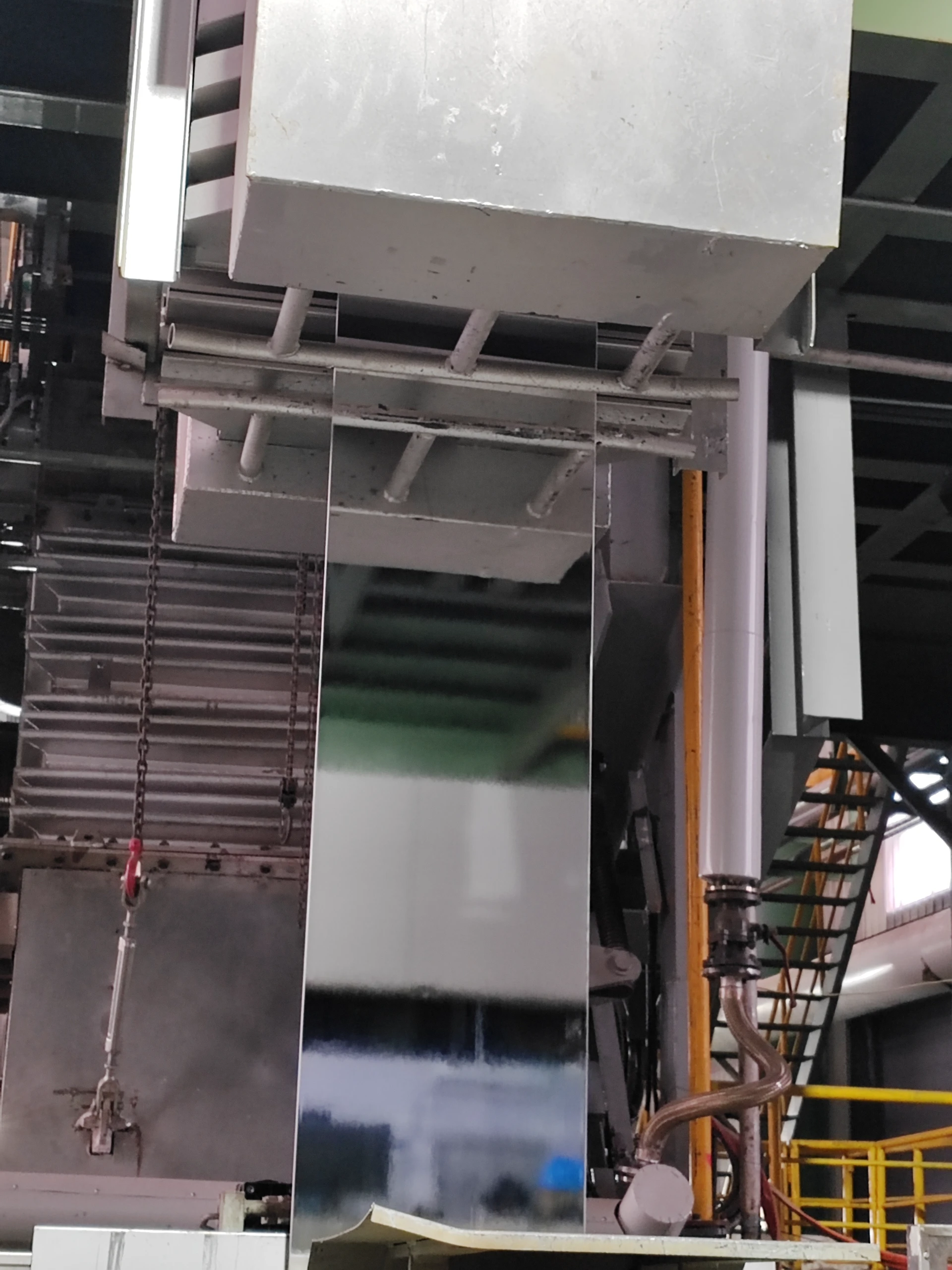
Premium Work Roll Chock Assembly for Industrial Efficiency
- Fundamental role of chock assemblies in rolling mill operations
- Technical specifications enhancing performance and durability
- Comparative analysis of industry-leading manufacturers
- Custom engineering solutions for mill-specific requirements
- Field implementation success stories with measurable outcomes
- Preventative maintenance protocols for optimal service life
- Emerging technological advancements in roll bending systems

(work roll chock assembly)
Fundamentals of Work Roll Chock Assembly Operation
In rolling mills, the work roll chock assembly
serves as the critical interface between rotating rolls and mill housing. These precision components withstand extreme mechanical stress, with typical operational forces ranging from 1,500 to 8,500 tons depending on mill configuration. Properly engineered chocks distribute rolling forces evenly across the backup roll bearing surface while maintaining precise roll alignment within ±0.15mm tolerance. Modern designs incorporate hydrodynamic bearings capable of operating at rotational speeds exceeding 1,500 RPM under continuous loads of 4,000 tons. The assembly's structural integrity directly impacts strip quality, with vibration-induced thickness variations reduced to ≤0.05mm in premium chock systems.
Technical Advantages Driving Operational Excellence
Advanced work roll chock designs incorporate several performance-enhancing features:
• Forged alloy steel construction (AISI 4340 or equivalent) with 290-320 HB hardness rating
• Multi-labyrinth sealing systems preventing coolant ingress at pressures up to 12 bar
• Precision-machined surfaces with ≤1.6μm Ra surface finish for bearing housing
• Integrated hydraulic bending cylinders with 300-5,000 kN force capacity
• Thermosyphon cooling channels maintaining bearing temperatures below 70°C
These innovations extend bearing service life by 35-50% compared to conventional designs while reducing roll deflection by up to 0.12mm per meter of roll body length. The optimized rigidity allows mills to achieve strip flatness variance within 20 I-units during high-speed rolling.
Manufacturer Capabilities Comparison
| Manufacturer | Max Load (tons) | Bending Force (kN) | Material Grade | Lead Time | Service Life (hours) |
|---|---|---|---|---|---|
| MillTech Global | 8,500 | 5,000 | AISI 4340+H.T. | 18 weeks | 25,000 |
| RollForce Systems | 6,200 | 3,800 | 42CrMo4 | 22 weeks | 18,500 |
| Precision Chock Engineering | 7,100 | 4,200 | SCr420H | 16 weeks | 21,000 |
| Industry Standard | 5,500 | 3,000 | 1045 Steel | 14 weeks | 15,000 |
Data reflects Q3 2023 industry benchmark testing under ISO 6018 standards
Custom Engineering Solutions
Leading manufacturers tailor work roll bending systems to operational parameters including:
• Roll diameter adjustments (±15% from standard dimensions)
• Application-specific sealing configurations for coolant types (soluble oil vs. synthetic)
• Custom pressure profiling for roll bending systems
• Material upgrades for extreme environments (corrosion-resistant alloys)
• Retrofitting packages for legacy mill installations
Engineers conduct FEA analysis to optimize wall thickness distribution, reducing chock weight by up to 12% while maintaining structural rigidity. Dedicated CAD teams develop mill-specific interface components within 72 hours of receiving dimensional surveys. Proprietary manufacturing techniques enable asymmetric force distribution configurations for specialized rolling applications including edge drop control systems.
Implementation Success Metrics
A North American steel producer achieved measurable improvements after upgrading their tandem mill with advanced chocks:
• 17% reduction in strip thickness variation (0.15mm to 0.124mm)
• 42% decrease in bearing-related unplanned downtime
• Roll change interval extended from 98 to 148 production hours
• Annual maintenance cost reduction of $420,000 per production line
Similarly, a European cold rolling mill reported 0.005mm improvement in strip flatness control after implementing hydraulic work roll bending systems with dynamic crown correction algorithms. The retrofit enabled production of automotive-grade steels with flatness tolerance requirements under 15 I-units.
Maintenance Optimization Protocols
Proactive maintenance extends chock assembly service life beyond 30,000 operational hours:
• Monthly dimensional verification checks of bearing clearances
• Cooling circuit flow monitoring (±5% variance from design specification)
• Semi-annual ultrasonic testing for sub-surface fatigue cracks
• Bearing raceway inspection every 5,000 operating hours
• Seal replacement every 8-12 months depending on coolant chemistry
Advanced facilities employ wireless temperature sensors embedded in chock bodies to monitor thermal gradients during operation. Predictive analytics software processes vibration spectra, detecting bearing deterioration 300-500 operating hours before failure. Proper maintenance reduces replacement part consumption by 60% compared to reactive maintenance approaches.
Innovations in Work Roll Bending Technology
Next-generation work roll chock assemblies incorporate Industry 4.0 technologies including embedded strain gauges measuring roll separating forces within ±2.5% accuracy. Real-time work roll bending force adjustment algorithms compensate for roll thermal crown development during mill acceleration. Materials science advancements include:
• Metal matrix composites with ceramic particle reinforcement (18% stiffness increase)
• High-conductivity copper alloys for bearing housing inserts
• Diamond-like carbon (DLC) coatings on bearing surfaces reducing friction by 35%
Prototype electromagnetic bending systems eliminate hydraulic components entirely, achieving response times below 0.15 seconds. Current R&D focuses on integrated edge drop control through independent lateral roll bending actuators. These innovations enable tighter flatness control for advanced high-strength steels while reducing energy consumption per ton rolled by approximately 8%.

(work roll chock assembly)
FAQS on work roll chock assembly
Q: What is a work roll chock assembly used for?
A: A work roll chock assembly supports and houses the work roll bearings in rolling mills. It allows for precise rotation and load distribution during material processing. This ensures stable operation and enhanced rolling efficiency.
Q: How does a work roll chock function in a rolling mill?
A: The work roll chock holds the work roll securely, enabling it to rotate smoothly under high pressure. It facilitates adjustments for alignment and wear compensation. This component minimizes vibration and extends roll life in demanding industrial settings.
Q: Why is work roll bending critical in metal rolling processes?
A: Work roll bending applies controlled forces to the rolls to correct material shape and flatness. It prevents defects like uneven thickness or warping during production. This technique optimizes quality while reducing scrap rates.
Q: What common maintenance issues affect work roll chock assemblies?
A: Common issues include bearing failures from excessive loads or poor lubrication. Misalignment can lead to premature wear and operational downtime. Regular inspections and proper greasing prevent these problems and ensure longevity.
Q: How does the work roll chock assembly integrate with work roll bending systems?
A: The assembly uses hydraulic cylinders or mechanical adjusters to transfer bending forces to the chocks. This integration allows real-time control of roll deflection for uniform material output. It enhances flexibility in diverse rolling applications.
-
YWLX’s 1450mm Six-Hi Reversing Mill Goes Live in BangladeshNewsNov.24,2025
-
Adjusting Roll Gap in 6Hi Reversing Cold Rolling Mill for Thin StripNewsNov.13,2025
-
Quality Control Standards for Automatic Gauge Control in Strip RollingNewsNov.13,2025
-
Effect of Skin Pass Rolling on Metal DuctilityNewsNov.13,2025
-
Key Components of a Modern TempermillNewsNov.13,2025
-
Common Wear Patterns of Work Roll in Tandem Cold Mill OperationsNewsNov.13,2025
-
Revolutionary Skin Pass Rolling Technology for Enhanced Steel QualityNewsNov.04,2025










